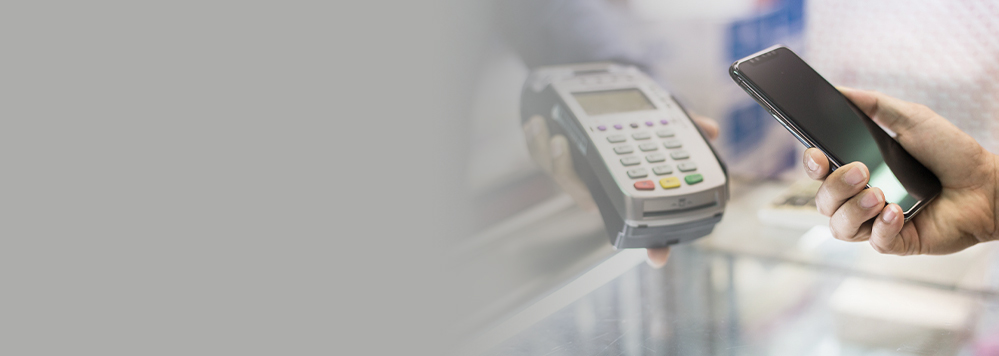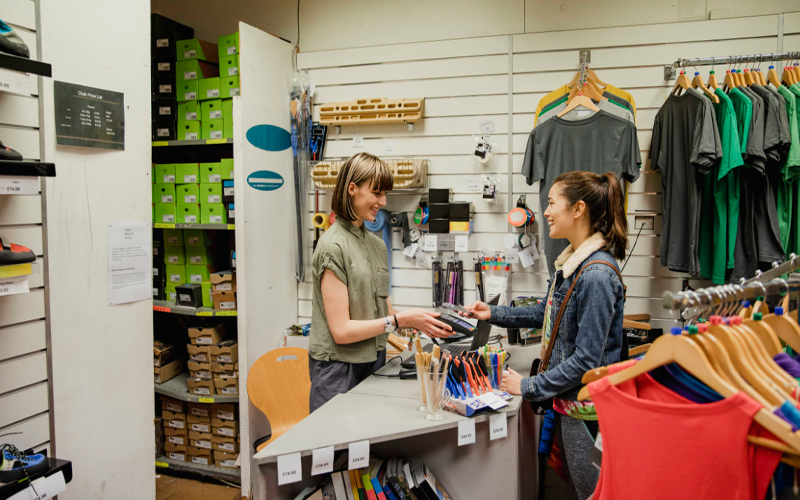In the CPG industry, even the most well-crafted brand strategy can fail without effective in-store execution. It is no longer enough to have a great product; success hinges on how well you stock, display, promote, and support that product on the shelf. This is why retail execution has become a strategic priority for CPG organisations.
As customer expectations continue to rise, so do the stakes. CPG companies are investing in advanced technology and smarter processes to improve product visibility and drive in-store sales. Despite these efforts, retail execution challenges continue to hold many businesses back, creating a costly disconnect between strategy and execution on the shop floors.
key trends shaping retail execution in 2025
The future of retail execution hinges on how well CPG brands respond to a hybrid, fast-moving retail environment. Three key trends leading the shift are:
- Omnichannel brand engagement: Consumers engage with brands long before they enter stores, forming opinions based on digital content and reviews.
- Capital efficiency: Businesses are scrutinising every spend, leveraging data, automation, and leaner merchandising processes to define success in tackling retail execution challenges.
- Hybrid retail: Shoppers now expect fluid movement between online and offline environments, requiring brands to blend omnichannel visibility with in-store impact.
retail execution challenges in the CPG industry
Despite retail execution trends driving innovation and strategic initiatives, brands still struggle to execute flawlessly at the shelf level. Here are some of the most common retail merchandising challenges that continue to affect performance and consistency:
- Planning and execution remain disconnected: Centralised strategies often fail to translate on the shop floor, leading to poor in-store merchandising and fragmented customer experiences.
- Execution strategies are often complex and unclear: Field representatives and store managers often find execution guidelines overwhelming or unclear, reducing the likelihood of consistent implementation.
- Communication gaps hurt responsiveness: Many retail teams still lack streamlined communication with HQ, which delays updates, training, and resolution of on-ground issues.
- Real-time visibility is limited: Without instant data on stock levels, promotions, and compliance, brands cannot course-correct or monitor field performance effectively.
- Inventory issues disrupt availability: Stockouts or overstocking erode trust. Inaccurate forecasts and sluggish replenishment continue to plague even mature CPG companies.
- Many brands overlook employee motivation: Execution depends on engaged field teams. Yet, lack of recognition, training, or clear KPIs can lead to disengagement and poor results.
- Performance measurement lacks structure: Many brands do not have a consistent framework to track store-level KPIs. This makes it hard to identify gaps or replicate success across regions.
Technology is a critical enabler in helping CPG brands overcome these pressing retail execution challenges. Infosys BPM empowers them with advanced analytics, automation, and AI-driven intelligent insights to drive consistent execution. Through CPG outsourcing BPM services, businesses gain access to real-time visibility, performance tracking, and scalable execution strategies tailored to complex retail environments.
retail execution best practices
While challenges persist, CPG leaders can gain a competitive edge by adopting some of the proven best practices to tackle retail merchandising challenges and sharpen retail execution, including:
- Ensure continuous field visibility: Leverage digital tools for real-time display monitoring to spot issues early, ensure compliance, and track campaign effectiveness at the store level.
- Strengthen omnichannel consistency: Customers expect familiar visuals, pricing, and promotions across touchpoints. Align online and in-store messaging to deliver a seamless brand experience.
- Train and empower field teams: Motivated reps who understand goals and have data at their fingertips can execute more effectively. So, equip employees with the right tools and training.
- Focus on meaningful metrics: Track the right KPIs – shelf availability, compliance scores, promotional uplift – and use post-event analysis to refine strategy.
- Keep a close eye on the competition: Benchmark merchandising tactics against competitors. Localise execution where necessary and quickly adapt to category shifts or consumer trends.
- Develop a practical execution playbook: Create clear, actionable in-store strategies. Include promotional calendars, brand guidelines, and step-by-step tasks for consistency.
- Leverage digital execution platforms: Adopt modern tools that simplify reporting, track execution status in real time, and help manage multi-location campaigns seamlessly.
- Optimise stock and replenishment cycles: Accurate inventory ensures product availability, which directly affects customer satisfaction. Use predictive analytics to optimise inventory management and prevent overstocking or stockouts.
- Nurture strong retail partnerships: Execution is a shared responsibility. Build trust with retail partners through clear communication, incentives, and joint performance reviews.
conclusion
Retail execution is no longer just an operational concern but a strategic differentiator. The brands that invest in the right tools, empower their teams, and create agile, data-driven retail strategies will be able to anticipate industry trends and address the root causes of retail execution challenges. In a landscape where customer expectations are constantly evolving, CPG brands can drive visibility, consistency, and long-term growth – even in unpredictable markets – by adopting smarter retail execution strategies.








